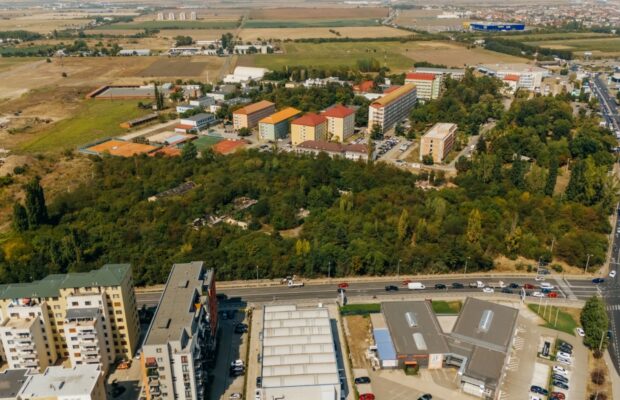How Roma People Are Living In Georgia

Roma are an ethnic group that has settled in most countries and yet still manages to maintain its own identity. Roma around the world are struggling to assert their socio-cultural rights and to address their indifferent and discriminatory attitudes in order to show everyone the problems and unbearable conditions in which they live. In this respect, of course, Georgia is no exception.
The exact date of their settlement is unknown, however, they first appeared in Georgia, probably in the XIX century. Most of them came to Georgia from Ukraine and Moldova during the 1930s and settled mainly on the Black Sea coast and in different regions of eastern Georgia. Although most of them were opposed to their lifestyle, in Soviet Georgia they managed to get a secondary education and were able to maintain their own identity and traditions. Since 1990, after the collapse of the Soviet Union, they have been one of the most marginalized groups in Georgia.
Today, the gypsy community of Georgia counts about 1000 people.
They live better than other regions, have no electricity and water problems. They live in their own homes near the city center, east of the railway line. The gypsies of Kobuleti have quite strong ties, are actively involved in cultural activities, celebrate in traditional clothes, are actively and successfully involved in school life, as well as are integrated with Georgians (they formed a band at the school, which is also Georgian with the Roma). They are mainly engaged in the production of various goods, which are then sold. Some work as drivers, some pursue fishing, and so on.
Despite the difference in social conditions, the gypsies who live in Georgia still have certain traditions, for example, a married gypsy must wear a headscarf. The similarity between them is that if in the past the local population was less interfered with, today the Roma together with the representatives of other nationalities form families and integrate into the society. They mostly speak Russian.
Today, most of the Roma in Georgia are unemployed. Their first in-depth study was conducted in 2007 and identified the following problems: unemployment, extreme poverty, lack of access to health care and education, isolation from society, lack of documentation, and so on.
If the Roma have preserved their language almost completely, we can not say the same about other traditions. For example, their distinctive style of dress, which is almost not found in Georgia, which should be linked to the problem of poverty.
Also, the main population of Roma in Georgia is quite discriminatory and in some cases does not consider it equal.
The most acute problem of the Roma is the lack of access to the education system. The school attendance rate is extremely low in them. Most of the children do not go to school because they are sent to trade or beg, which is a source of extra income, or the parents are out of money, and the children have to do household chores at home. Learning is also hampered by the fact that mainly Roma do not have official documents, birth certificates, etc. It is also an important factor that parents do not pay much attention to education.
Autor: Tebea Jikidze

















